Category: Brain
-
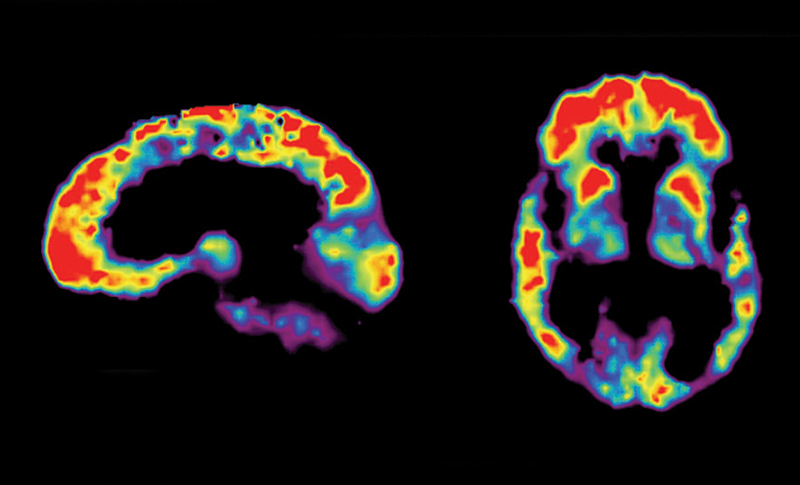
Alzheimer’s diagnosis disputed in up to 50% of PET study subjects
James Hendrix and Alzheimer’s Association colleagues are conducting a study to see how PET scans could change the nature of Alzheimer’s diagnosis and treatment. 4,000 of 18,000 subjects have been tested to date, with a stunning result showing that a significant portion of people with mild cognitive impairment or dementia who are taking medication for Alzheimer’s may…
-
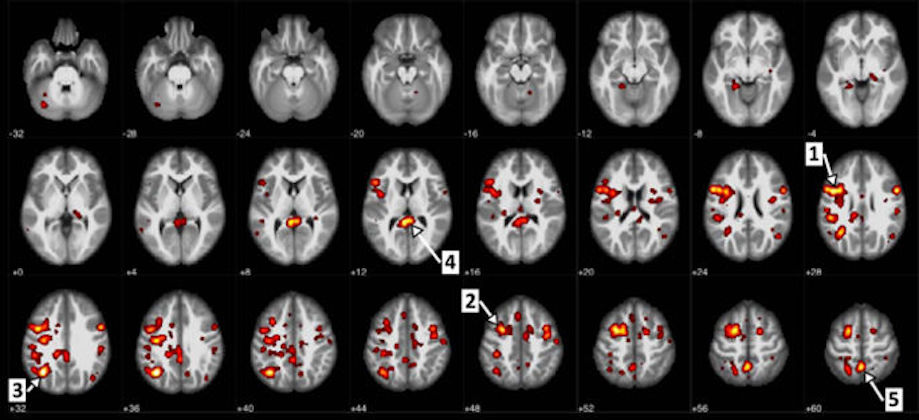
AI used to study brain blood flow ties to Schizophrenia
Mina Gheiratmand, Serdar Dursun, and University of Alberta colleagues used IBM AI tools to try to identify schizophrenic traits based on a person’s brain blood flow. 95 participant fMRI images of schizophrenia-diagnosed and healthy patient brains were analyzed. The researchers claimed to accurately diagnose patients, based on blood flow, 74% of the time. They also…
-
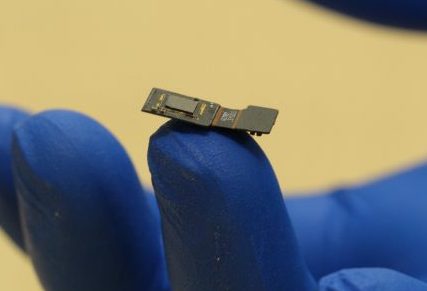
Direct brain path for sight, sound via implanted microscope
Rice University’s Jacob Robinson, with Yale and Columbia colleagues, are developing FlatScope — a flat, brain implanted microscope that monitors and triggers neurons which are modified to be fluorescent when active. While capturing greater detail than current brain probes, the microscope also goes through deep levels that illustrate sensory input processing — which they hope to…
-
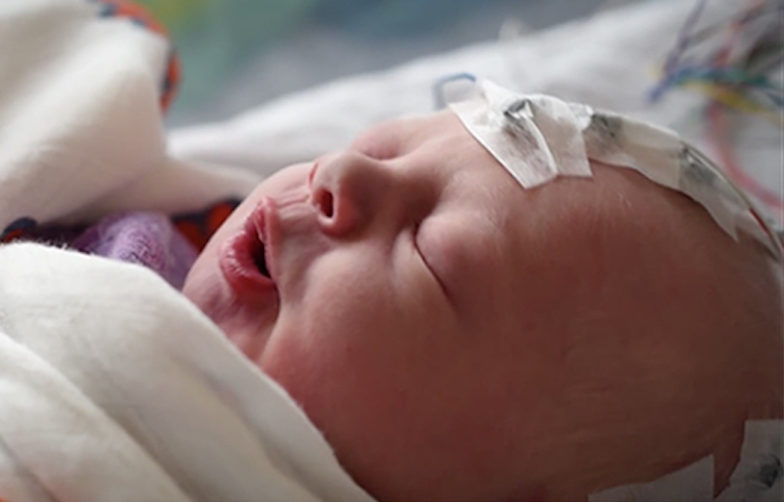
EEG detects infant pain
Caroline Hartley and Oxford colleagues studied 72 infants during painful medical procedures. Using EEG, they found a signature change in brain activity about a half-second after a painful stimulus. They seek to understand its use in monitoring and managing infant pain, as well as the use of EEG in adult pain treatment. EEG is more precise than current heart rate,…
-
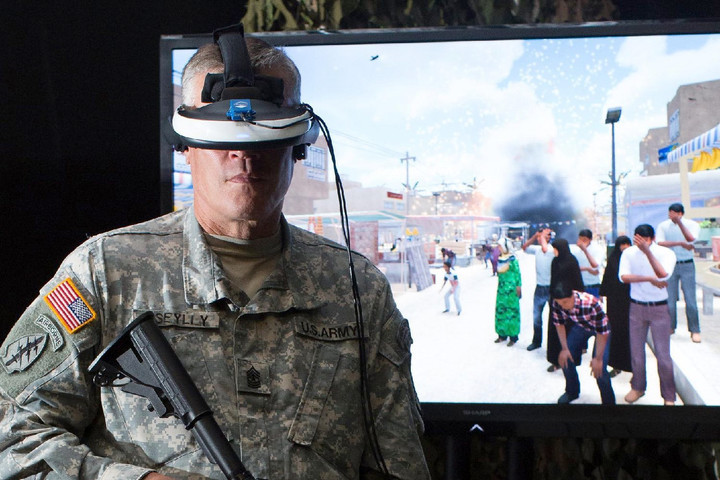
VR studied for PTSD, phobia treatment
Emory’s Jessica Maples-Keller has published a study demonstrating the effectiveness of VR in treating PTSD, phobias, and other mental illnesses. She describes the treatment as allowing “providers to create computer-generated environments in a controlled setting, which can be used to create a sense of presence and immersion in the feared environment for individuals suffering from anxiety disorders.”…
-

Wall sensor monitors walking speed, stride to track health
MIT’s Dina Katabi, Chen-Yu Hsu, and colleagues have developed WiGait, a wall sensor that detects walking speed and stride to monitor health. This builds on previous MIT research which showed that radio signals could track breathing and heart rate, without wearables. The system works by transmitting low-power radio signals and analyzing how they reflect off bodies within a…
-

Soft, flexible “skin-like” electrodes could improve brain interfaces
Stanford professor Zhenan Bao‘s latest flexible electronic initiative is the development of a plastic electrode that stretches like rubber but carries electricity like wires. This could be improve implanted brain interfaces which require soft and highly sensitive materials. In a recent paper, Bao’s team describes the chemical modification of brittle plastic to make it highly bendable, while…
-
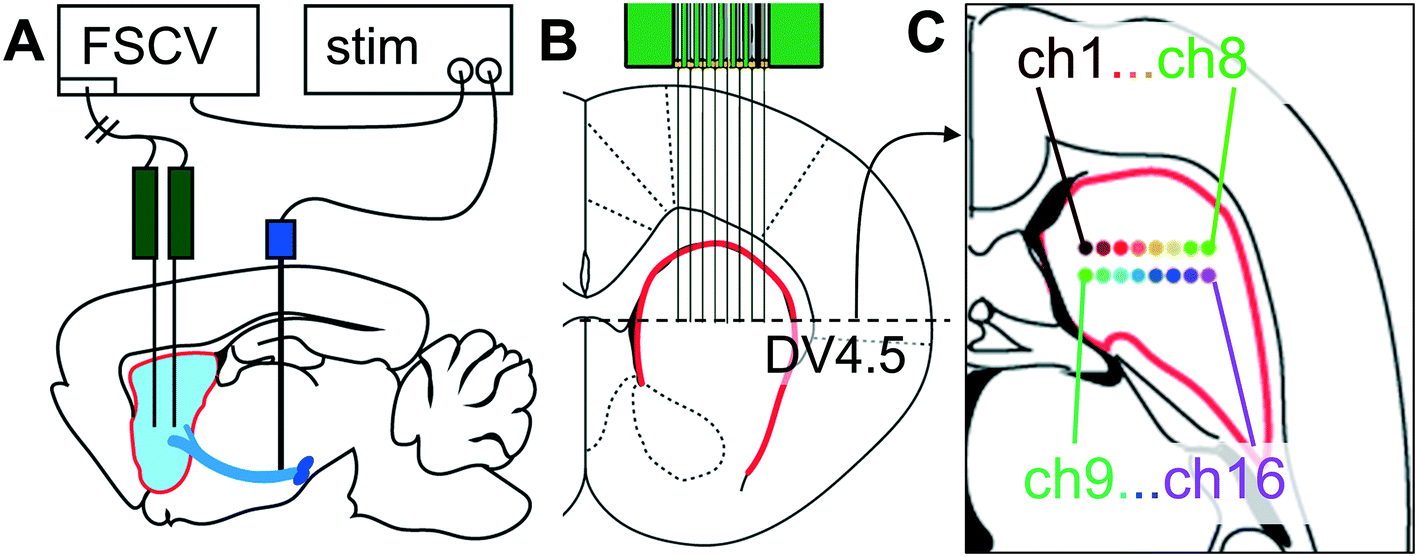
Carbon electrode technique tracks dopamine in the brain
Michael Cima and MIT colleagues have developed a more precise tool to measure dopamine in the brain, to be able to study its role in in learning, memory, and emotion. The new carbon electrode based technique can cover more of the brain, and provide longer, more accurate neurotransmitter readings, than previously possible. The goal is…
-
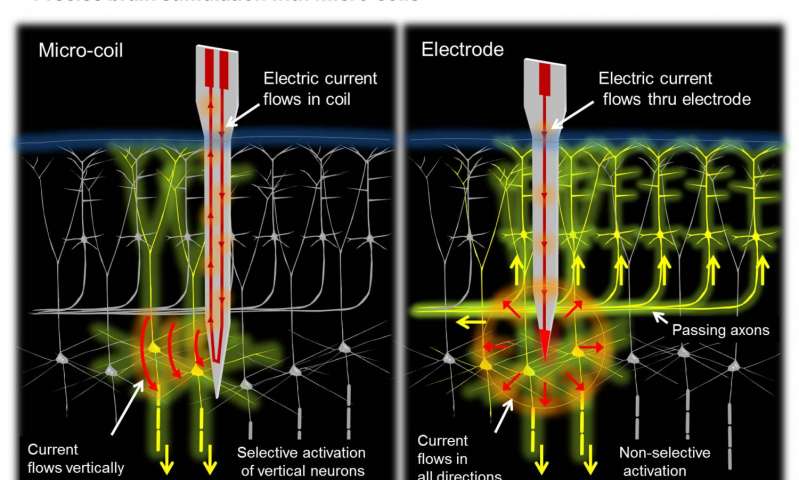
Magnetic coils might improve neural prostheses
Neocortex stimulation is used to treat neurological disorders, including Parkinson’s disease and paralysis. Current electrode-based implants have limited efficacy. It is difficult to create precise patterns of neural activity, or to achieve consistent responses over time. This can be addressed by magnetic stimulation, but until now, coils small enough to be implanted into the cortex…
-
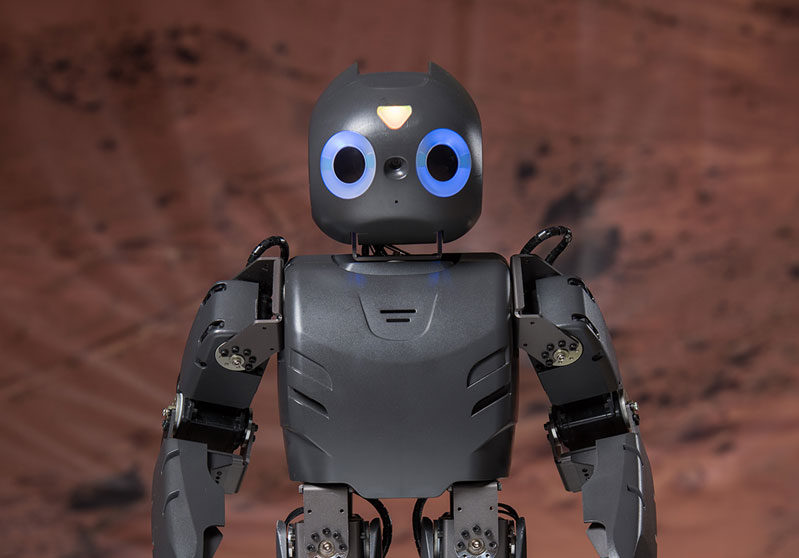
Robots support neural and physical rehab in stroke, cerebral palsy
Georgia Tech’s Ayanna Howard has developed Darwin, a socially interactive robot that encourages children to play an active role in physical therapy. Specific targeting children with cerebral palsy (who are involved in current studies), autism, or tbi, the robot is designed to function in the home, to supplement services provided by clinicians. It engages users…
-
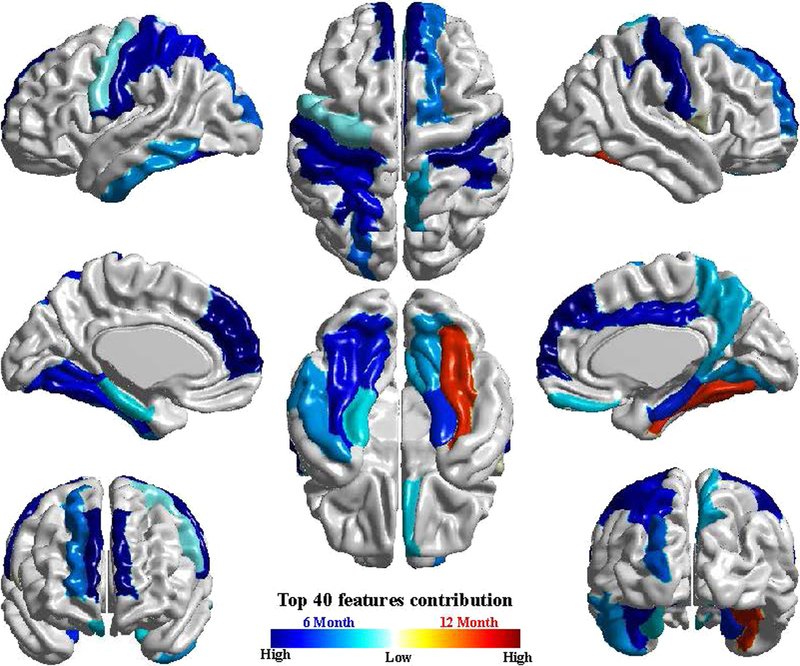
MRI, algorithm predict autism before behavioral symptoms appear
UNC’s Heather Hazlett has published a study showing that an overgrowth in brain volume, determined by MRI scans during the first year of life, forecasts whether a child at high risk of developing autism. The goal is to give parents the opportunity to intervene long before behavioral symptoms become obvious, which usually occurs between ages…
-
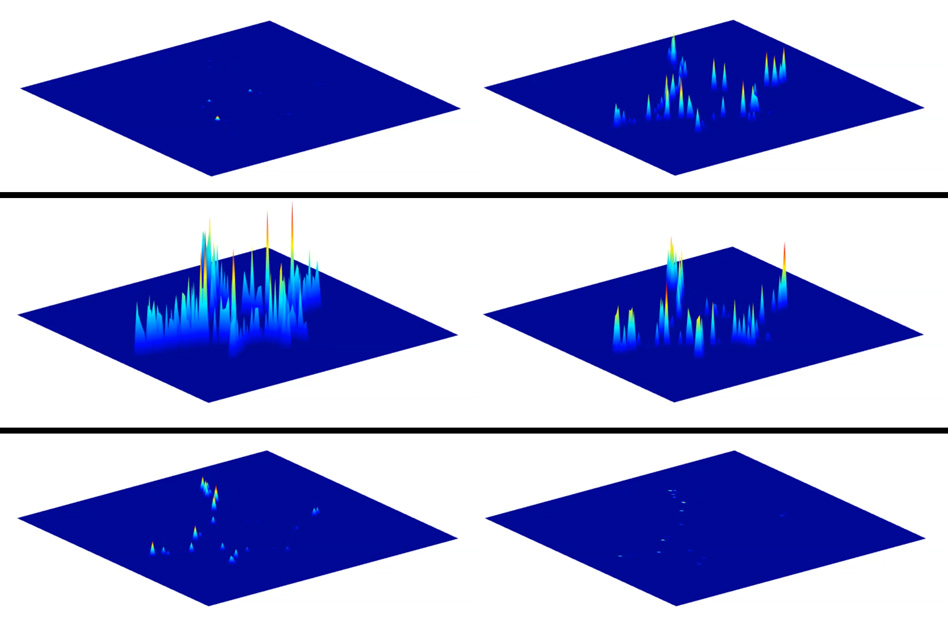
Dopamine sensor tracks single neurons
MIT’s Michael Strano has developed a carbon nanotube based detector that can track single cells’ secretion of dopamine. Using 20,000 sensor arrays, the team monitored dopamine secretion of single neurons, allowing them better understand dopamine dynamics. Unlike most other neurotransmitters, dopamine can exert its effects beyond the synapse. Not all dopamine released into a synapse is…